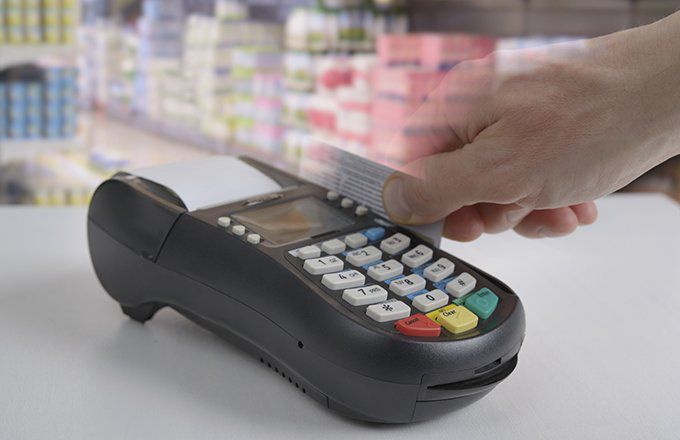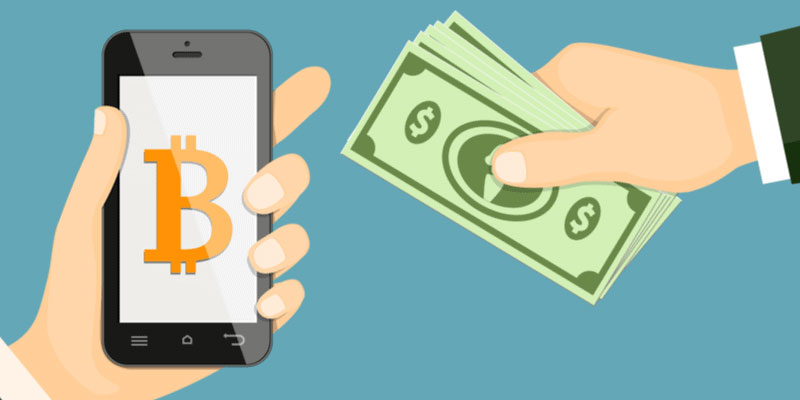Credit card businesses are in the business of earning profits, yet they typically offer incentives with benefits like cash back on purchases made with credit cards. Most customers are bombarded by emails and offer on the internet, with promises of great offers, including zero or low initial interest rates, to one-time bonuses, rewards, and cashback offers every time they use their credit cards.
Banks are not unusual to offer very attractive cash back bonuses for cardholders even after the initial bonus period has ended. For instance, Chase offers up to 5% cashback with the Chase Freedom Rewards Card and 5% cash back on the Discover Card. How do these companies offer these seemingly lucrative offers to customers and still turn money?
The Fine Print
The first step is to understand the important details. Cash reward programs typically have a maximum annual limit; however, even though they could provide the generous cashback reward of 5. Certain cards will only give cash back on specific purchases, such as gas stations or restaurants.
Discover's cash-back card offers a 5% bonus on purchases. However, as of 2018, the cardholder agreement stipulates that the offer is only available to certain categories allocated to various quarters of the year. The offer has a maximum of $1,500 worth of purchases per quarter.
The Chase Freedom card also has spending limits and caps. Cardholders earn cash-back rewards of 5% for spending in certain areas. Chase sets the maximum amount for spending each quarter at $1500, the same as Discover. All other purchases during the period but not exceeding the limit will earn you 1 percent.

Suppose you use a credit card with a cashback limit of $1,500 per limit per year, at 5 percent. In that case, any expenditure of more than $30,000 won't contribute to accumulating further reward points for cash. Since most people do not pay attention to the small print, they might sign up for a credit card believing that cashback reward programs are more extensive and widespread than they are.
It's Not Free Cash
Suppose a merchant accepts payment with a credit card; they must pay a certain percentage of the amount of the transaction in an amount to the credit company that issued the credit card. If the cardholder participates in a reward program for cash, the issuer of credit cards splits a portion of the costs with the user. The aim is to encourage customers to use credit cards for payments instead of debit or cash that do not earn a reward. The more people use credit cards to pay for purchases, the higher costs the card company could collect.
In addition, credit card companies also make profits from month to month and impose late fees for payment that is not made or not made by the due date. The more customers utilize their credit cards, the more likely they'll miss the payment or have the balance to which they will be liable for fees and interest.

Based on the Federal Reserve, the average interest rate on credit cards is 16.61 percent as of Q1 2019. Around 45 percent of cardholders have a balance that is not paid throughout the month, by the latest Federal Reserve Survey of Consumer Finances. Credit cards with the most generous rewards programs often have the highest charges and interest rates compared to the same card with an inferior rewards program or none.
Conclusion
The idea of cash-back rewards sounds attractive and can aid certain consumers in reducing the cost of purchases with credit cards. However, when the restrictions and conditions are clearly stated within the small print, which includes any restrictions on how much the cash-back credit card customers can earn in a year, these programs may not seem as generous as they appear at first glance.
These programs incentivize customers to use credit cards instead of debit or cash cards; they increase charges for merchants to companies that issue credit cards. It can also force some customers to accrue more debt, which is a further source of income for the company that handles credit cards.
In 2017 The Federal Reserve Bank of Boston revealed that the average amount for a non-cash transaction is almost four times higher than a cash transaction, significantly increasing the revenues from merchant fees. Since cash-back credit cards have the psychological benefit of earning money when you shop, consumers are likelier to spend on them than on credit cards that are not rewarding. Therefore, cash-back rewards programs boost the bottom line instead of taking away corporate profits.



